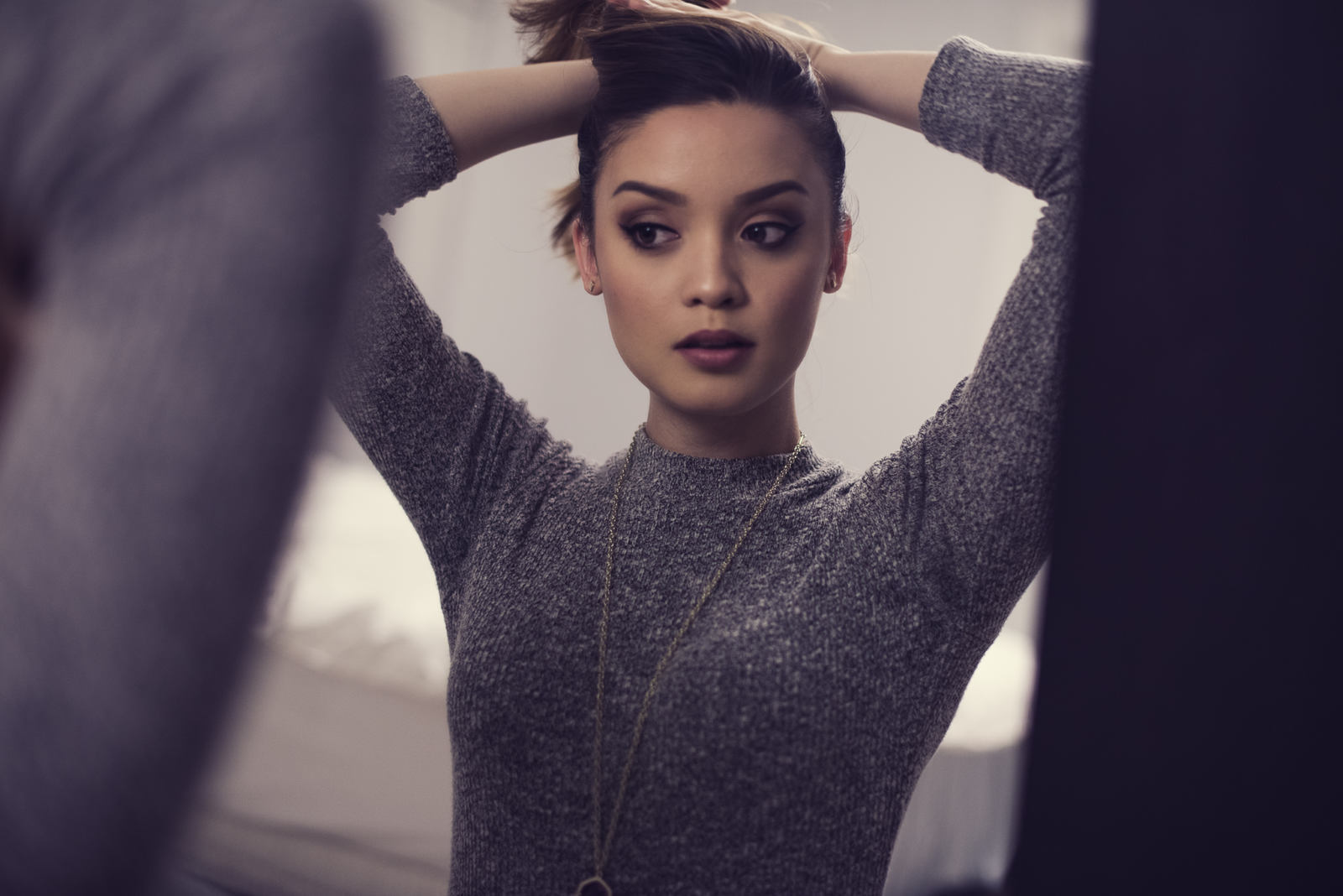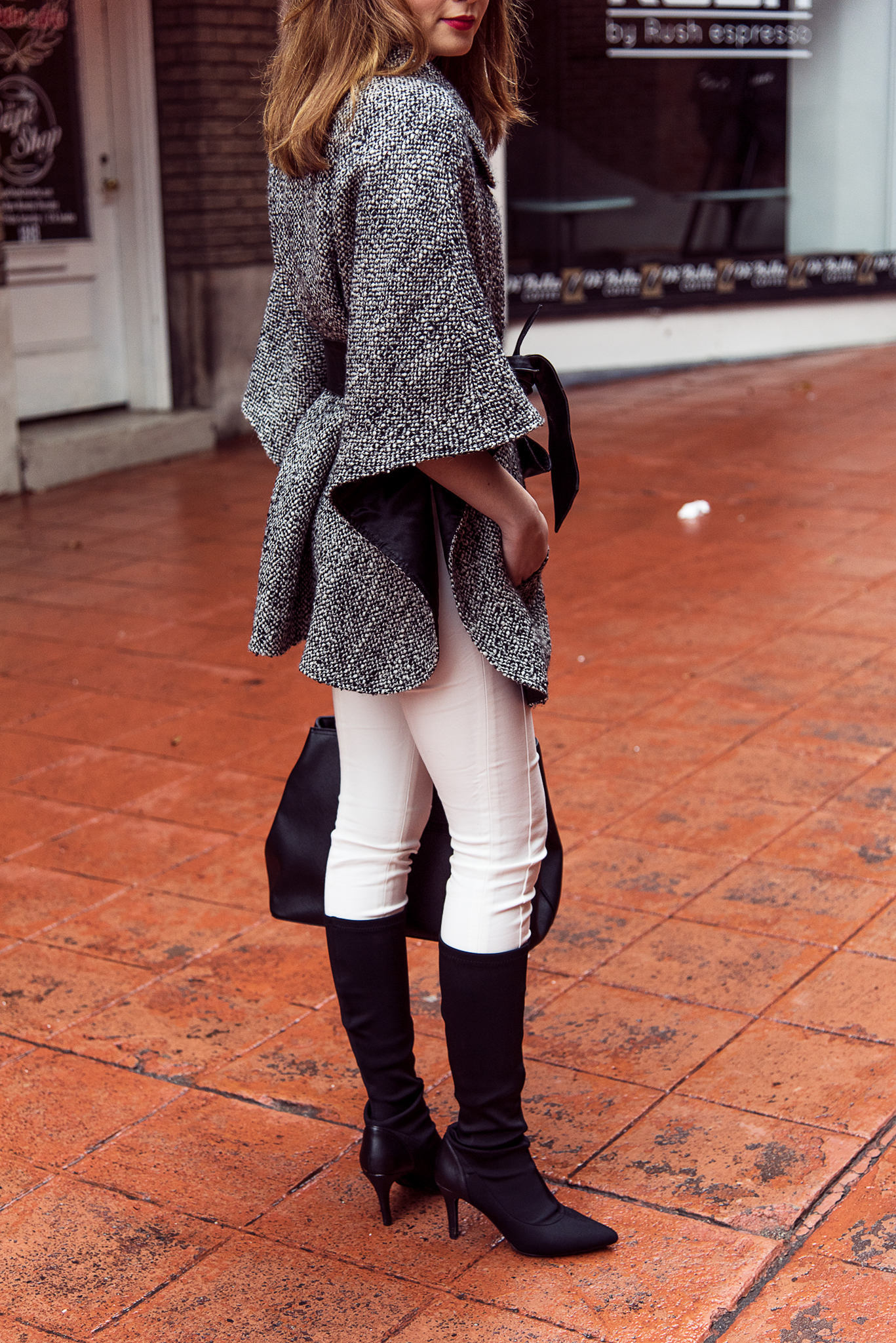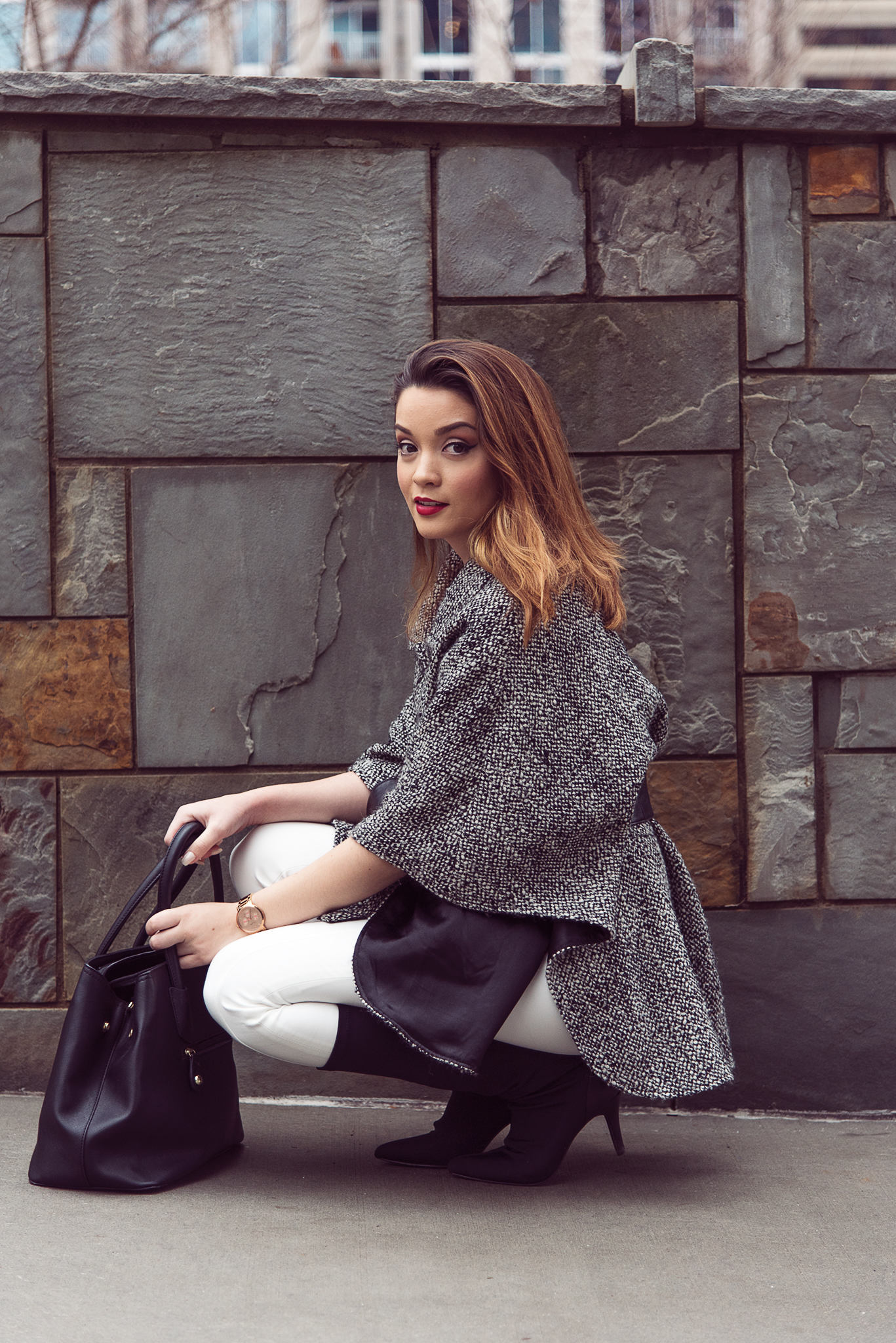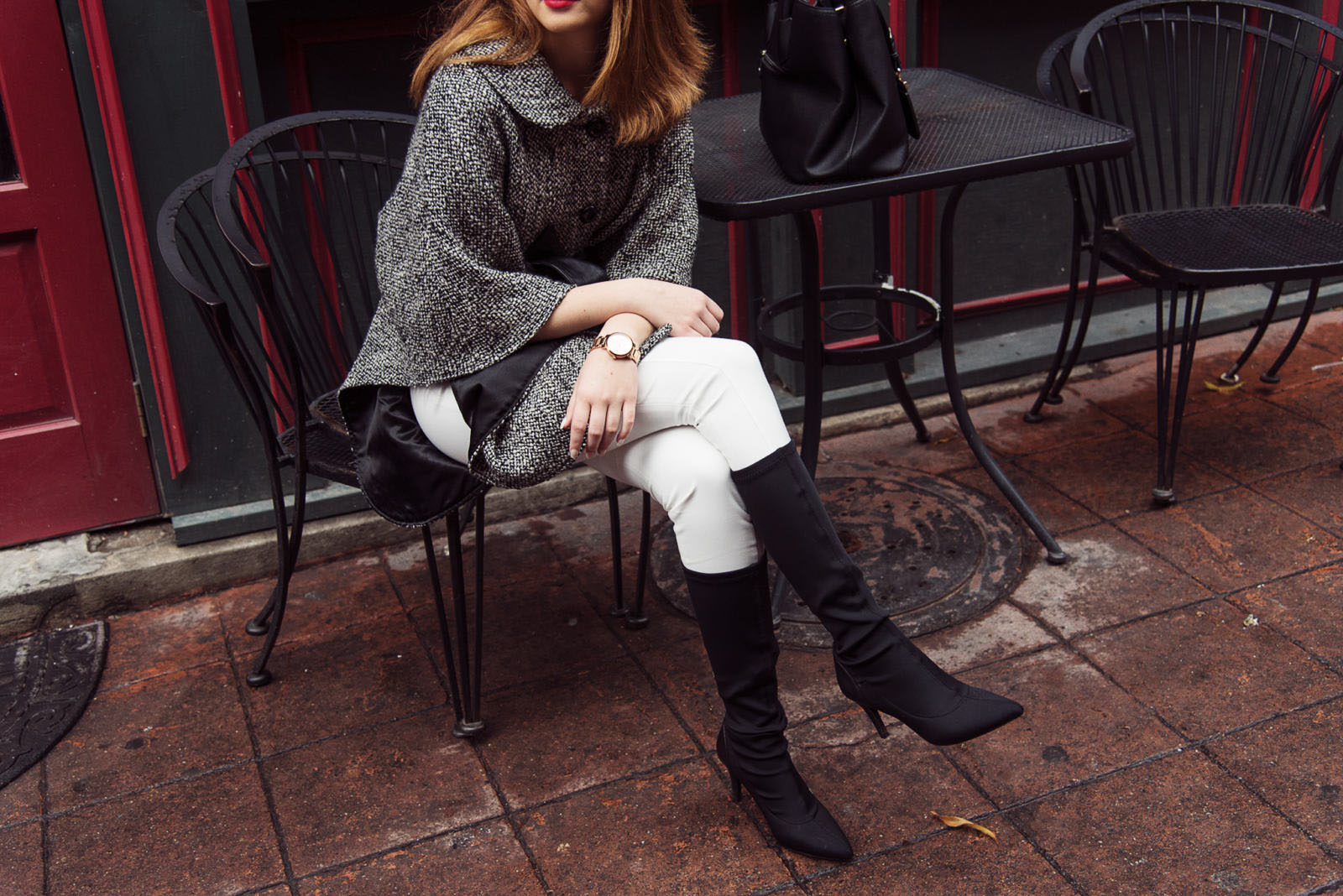
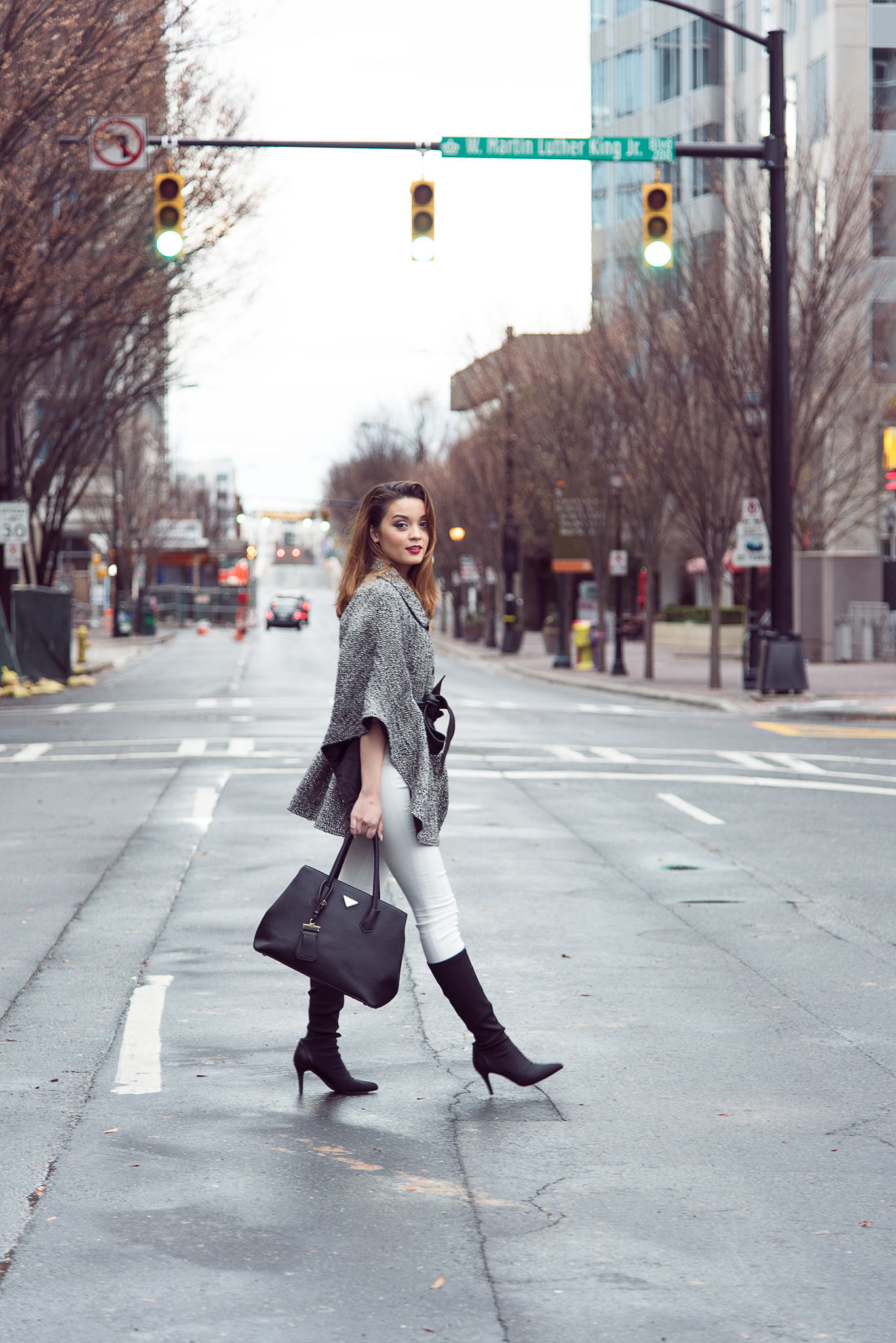
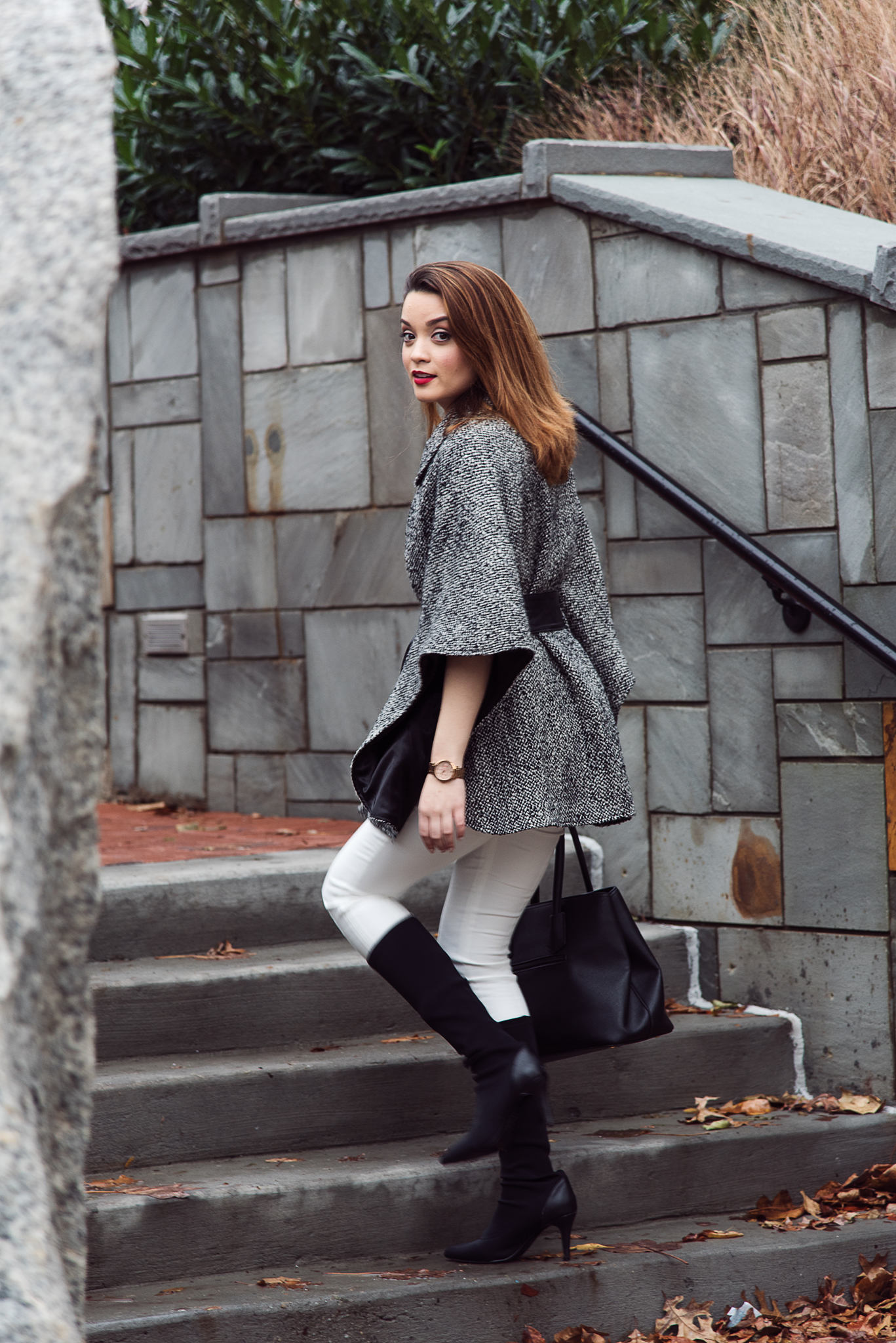
One thing I have always always wanted to do since the start of my photography endeavor was shoot other people…
And it’s taken me what feels like years to get there, but I’m happy I’m finally getting there… Last week, I had the pleasure of shooting aspiring fashion blogger, Genny, from Blue Augustine. The weather was pretty crap, but I’m pleased with the results of these shots. If you’ve ever had your photos taken, then you’d know that finding a photographer you can trust is quite a difficult task. It’s nice to have a mutual photographer-subject relationship because the directing and shooting just goes so much easier.
There are so many elements that makeup a good photograph, and for me, they fall in the this order: 1. Focus, 2. Expression, 3. Composition, and 4. Color. So often, one or more of the elements are off, which doesn’t always, but does often times, ruin a photograph. You can see in the first image below that focus was slightly off in Genny’s face, but the photo still somehow works…it’s not perfect, but it’s usable. I’m going off on a tangent about photog technicalities because I find myself getting more and more questions about it, which I find baffling, yet flattering. So, for those of you who’ve asked, here are my top photography notes & tips for improving your work:
1. Learn how to focus.
Focusing was one of the first elements of photography I struggled with most in the beginning, and I see it often in other photographers too. The thing is, if you don’t learn it, you’ll never get it… To get sharper pictures, learn and use back-button focus, understand distance and focal planes, and pay attention to your shutter speed & ISO.
2. Master your camera.
Get so comfortable with your camera’s functions and button placement that holding it becomes second nature. You shouldn’t miss a moment because you forgot where to change the aperture, how to move a focus point, or your exposure was off. And unfortunately, there’s no “elevator” to learning your camera to this degree except to shoot all the time.
3. Pay attention to everything.
A model cannot see him/herself. When you are shooting, it’s your responsibility to let your subject know if their hair is wonky, if their lipstick has smeared, and if their posture/pose is lacking. Pay attention to hair, hands, and above all, facial expression.
4.Understand how Aperture, Shutter Speed, and ISO affect one another.
Here’s what most people fail to understand – just because you can properly expose a photograph doesn’t mean you understand manual mode. Learn how each element of the exposure triangle affects the other… I’ve spoken to people who say they won’t touch ISO at all. There’s a need for everything at some point. Take the time to learn and understand it.
5. Experiment with angles.
There’s nothing wrong with cutting heads off so long as it appears to have been done intentionally and tastefully. Some people have naturally creative eyes… I’m not one of them, so I had to learn through process of elimination. Understand how shooting above or below changes perspective and creates distortion.
Coming next – mastering self-portraits… trying to knock out all these questions! Hope you enjoy them 🙂
